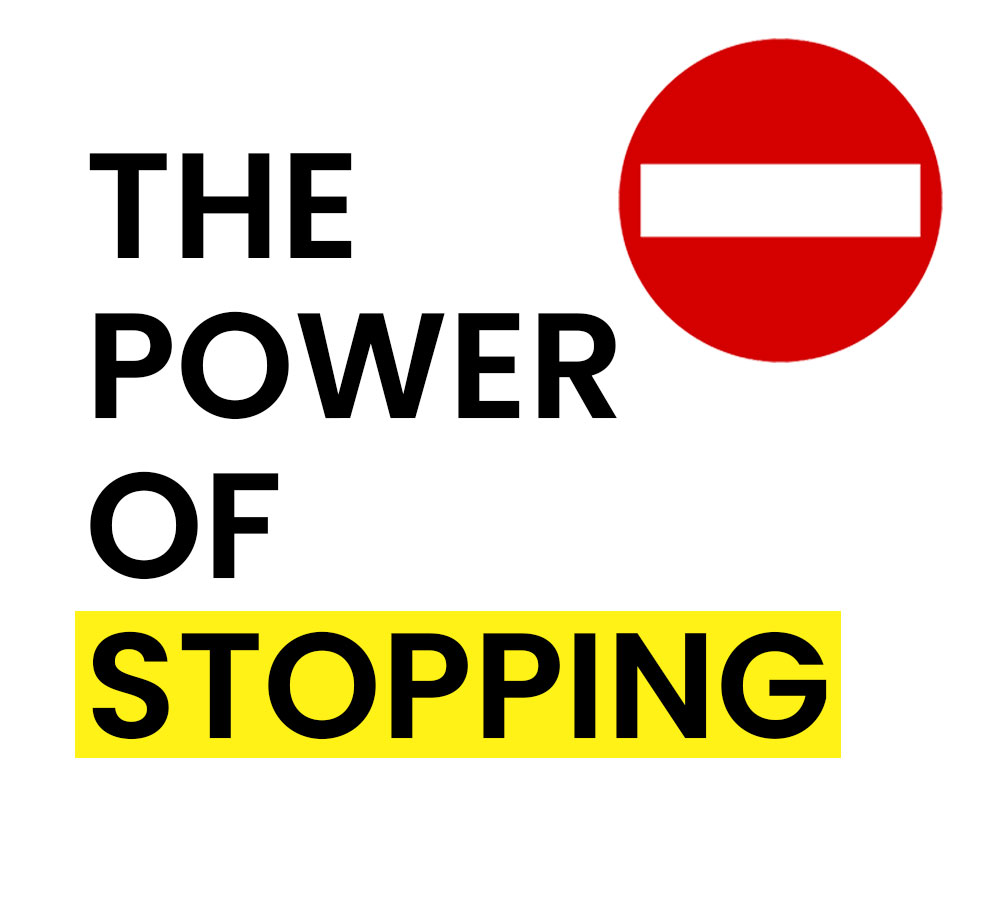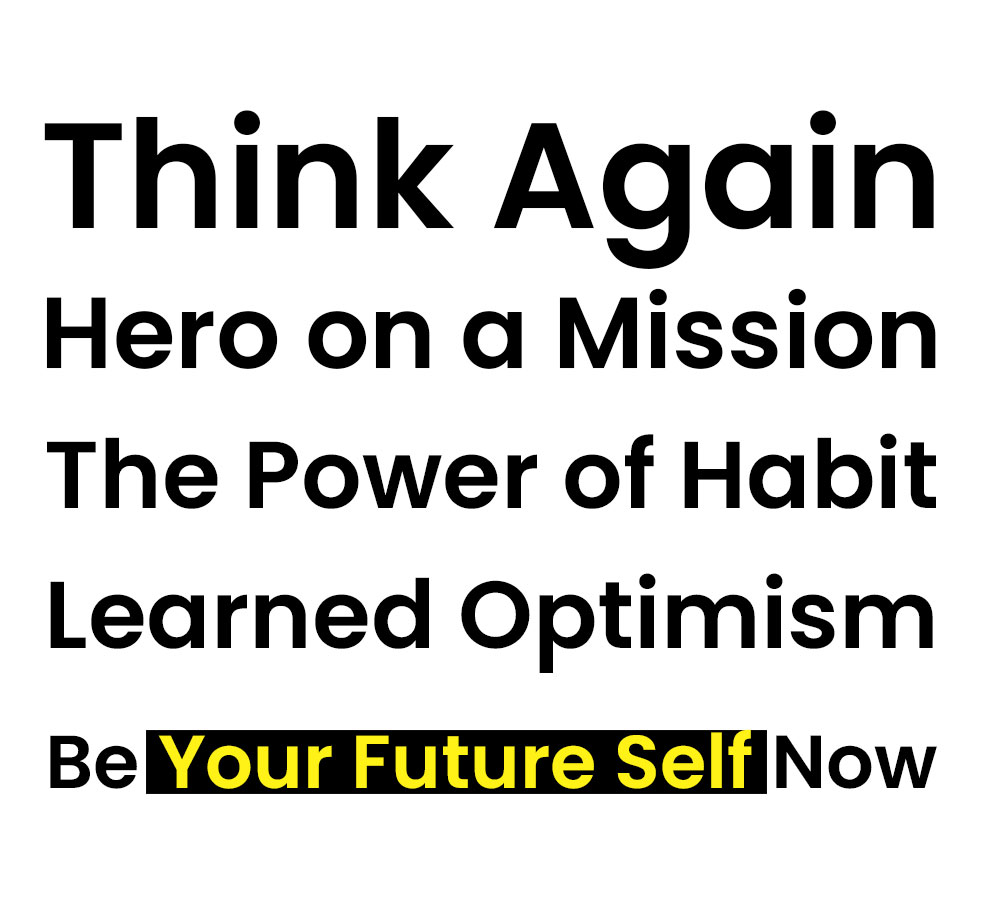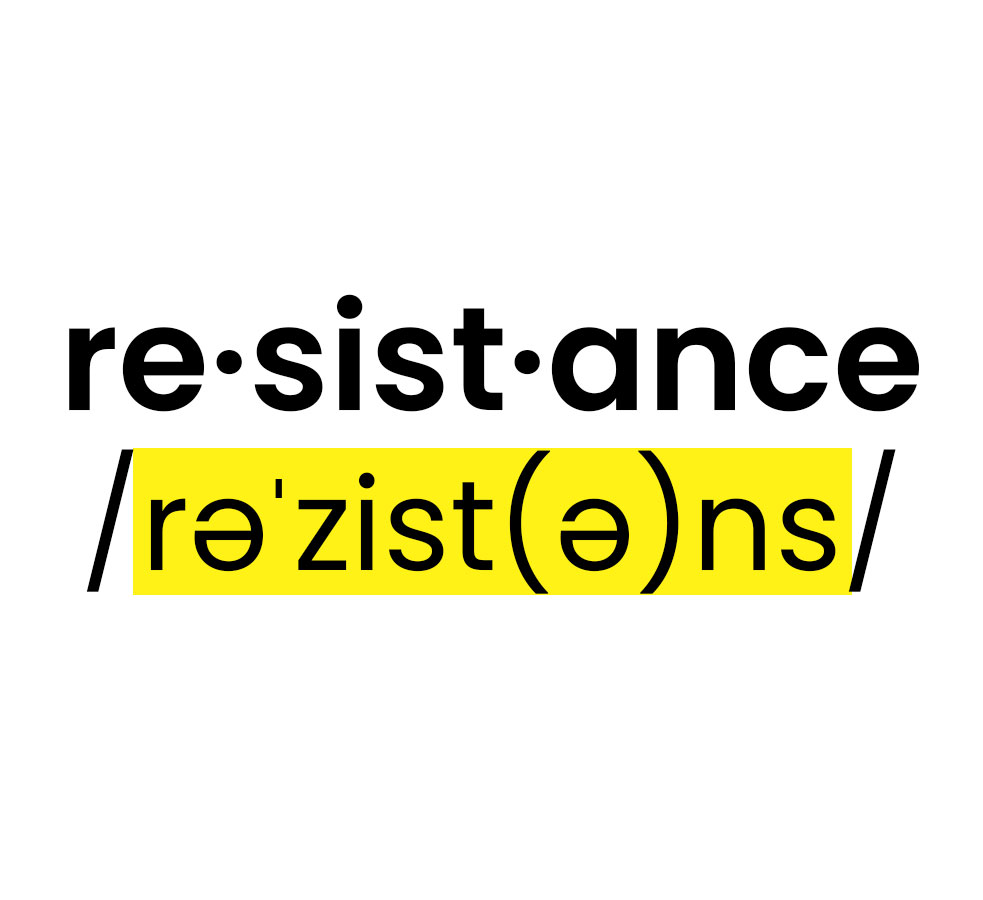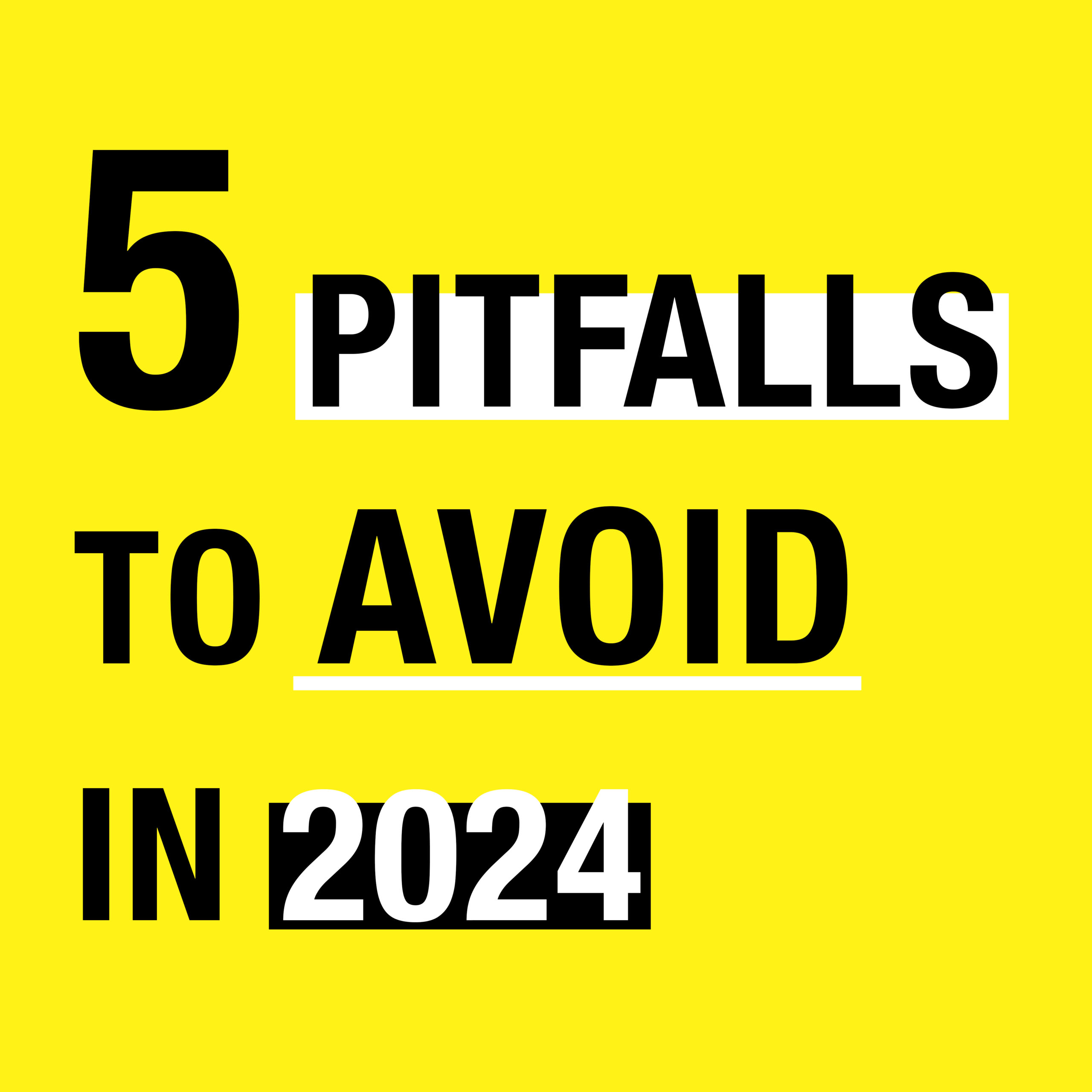

The Power of Stopping: Make and Break Habits With The Habit Loop
Good. Bad. Honesty.
I missed you!
I’ve been thinking about you.
I missed helping you and sharing personal development and branding tips with you. I also missed sharing my journey with you, hoping it would inspire you to get sh*t done.
But… Yes, there is a but. I’m not going to lie. I didn’t miss the weekly grind of preparing this newsletter. At least, I didn’t think I did. But I’m glad to be back!
Please, don’t get me wrong. I’m glad you stuck around and let me step into your inbox with my stories and lessons. I take pride in knowing that many of you enjoy reading my true tales and mini fables.
Thank you for your continued support.
Know When to Stop.
Long-term commitments can be exhausting. Showing up each week can take a toll on your energy and motivation. Sometimes, the only way to keep going is to stop and take a break. Yes, stop.
When you stop and take a moment to breathe, you can gain a new perspective on your situation. You can also let go of any expectations about how things should be and focus on what is.
Taking a moment to pause and breathe can help you control your feelings, expectations, and anxiety. It can also help you refocus and approach the situation with a clearer mind.
Worrying about saying the right thing can make us anxious and self-conscious, which makes it harder to communicate effectively.
So, I took a break. I stopped showing up and putting pressure on myself. I stopped worrying about saying the right thing.
You see, stopping can be a way to move forward and regain control of your life. When you let go of the pressure to please others, you can focus on your goals and values and live a more fulfilling life.
Stopping allowed me to move forward and start again. I can now show up for you and myself graciously and unapologetically.
Practice Self-Care.
It’s okay to take the time to re-evaluate and recognize your own strengths and values to boost your confidence and reduce anxiety.
Ultimately, the key is to practice self-care, be proactive, and find a balance between caring about others’ opinions and staying true to yourself without letting the fear of judgment hold you back and stop you from doing what you want.
For me, stopping was a way to pause, think about what’s important to me, and focus on what I want to achieve. It was a way to let go of the things that were holding me back and create space for growth and change.
I was in the habit of showing up each week in your inbox – until I wasn’t.
Perhaps self-doubt crept in. I’m not sure. I know I am working to get back into the habit of showing up for you with grace and support.
Good Habits. Bad Habits.
Breaking a bad habit can be difficult and takes time and effort. There is no one-size-fits-all timeline for breaking a habit, as the time it takes will vary depending on the habit itself and your mindset. The process of getting back into a habit once it’s been broken also depends on the habit itself and your mindset.
Author and Stanford professor BJ Fogg suggests using the Tiny Habits method to reclaim lost habits. The Tiny Habits method involves saying, “After I do X, then I will do Y.” X is your current habit, and Y is the new habit you want to form.
It’s also important to find your inspiration and motivation to get back into a habit.
One approach to rebuilding habits after a break is to gradually reintroduce the habit, keep a benefits/drawbacks diary, and don’t expect to be perfect immediately.
Although I’m working on getting back into a habit, I’m sure you’re wondering what to do if you want to break a habit.
One of the most important things to remember is that you are currently getting something out of repeating that action or behavior. Here are some tips and tricks to help you break a bad habit and set you up for long-term success.
Understanding the Habit Loops.
It’s important to understand what you’re getting out of your negative habit or behavior, and find healthy ways to meet your needs or desires. Developing awareness of when you’re getting caught up in a habit loop and challenging yourself to face the difficulty of a habit are also crucial steps in breaking a bad habit.
Oh, and if you’re not familiar with the habit loop, here’s a quick explanation.
Have you ever felt like you’re stuck in a rut, repeating the same bad habits over and over again? The answer to breaking free lies in understanding the habit loop, a powerful neurological process that can help you change your habits for good.
The habit loop is a three-step process that involves a cue, a routine, and a reward.
The cue is a signal that tells your brain to start a habit, while the routine is the habit itself, which can become automatic over time. The reward is the feeling of satisfaction or pleasure you get from doing the habit, which reinforces the habit and makes it more likely that you’ll do it again.
Are you guilty of surfing the internet when you’re bored? This is a cue, or a trigger, that tells your brain to start the habit. You start scrolling through social media, which is the routine. This gives you a feeling of entertainment or distraction, which is the reward. This is a classic example of the habit loop.
If you’re not careful, this habit loop can become automatic over time, making it difficult to break. I’m sure some of you are experiencing this right now.
By identifying the cues, routines, and rewards of your habits, you can create a plan to stop them from happening again. That is only possible if you’re aware of the problem and are ready to make a change.
And if you’re wondering how to create a good habit using the habit loop, identify the cue, routine, and reward for your desired habit. Train your brain to associate the cue with the routine and the reward. Make the cue obvious, the routine easy, and the reward immediate and satisfying. It takes time and effort to create a habit, but it’s possible. Just keep at it!
Cues. Routines. Rewards.
Breaking a bad habit involves becoming aware of when you’re getting caught up in the habit loop, understanding what you’re getting out of the negative habit or behavior, and finding healthy ways to meet your needs or desires.
Like how I sent a weekly newsletter for over a year without missing a beat, with repetition and persistence, you can train your brain to break bad habits and establish new, healthier ones.
Habits can be hard to break, but once you break a good habit, it can be even more difficult to start it up again.
That’s what I’m doing with this email. I’m training my brain and being persistent about establishing a new habit. I’m getting back into the routine of showing up each week to help you, share my personal development and branding tips, and of course, share my journey in hopes of inspiring you to get sh*t done.
Originally appeared in Today’s Note
LISTEN:
Notes: Personal Growth, Personal Development, Personal Branding, Self-Improvement, Self-Help, Motivation, Mindset, Motivational Quotes, Bite-Sized Learning





